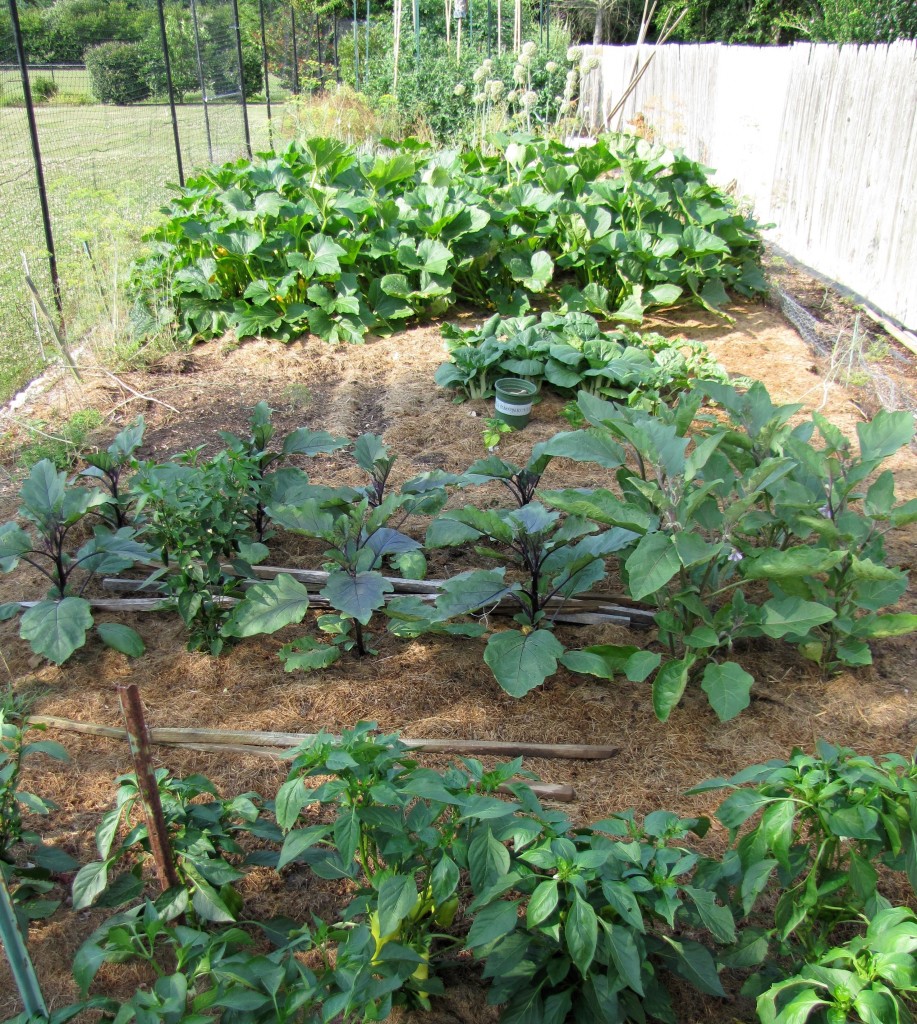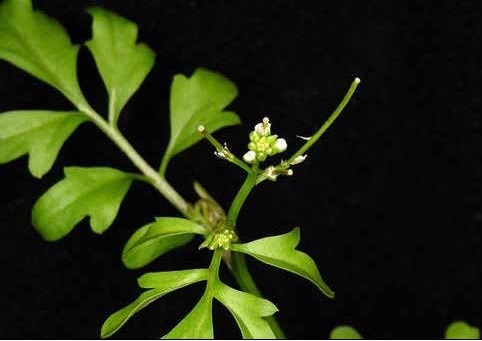The rototiller is a popular tool used by home gardeners to control weeds, incorporate fertilizer and lime, and loosen up the soil for planting. While valuable for some purposes, it is important to recognize that rototilling does have a dark side: Earthworms and soil microbes, important for good soil health, are damaged by it. And organic matter in the soil is broken down and lost.
Farmers have learned about the negative impacts of rototillers and other tillage tools they regularly use. Today many are adopting “reduced tillage” practices to protect their soil. Cornell Cooperative Extension agriculture staff are working with Long Island farmers to help them change these practices successfully.
Since I work with farmers and CCE agriculture staff, I understand the importance of good soil health. So I decided to implement what I learned at work in my home vegetable garden, pictured below. I am excited about how my garden soil has improved. Its organic matter has increased, there are a lot more earthworms, and the soil is very friable, which makes it easy to dig holes for transplanting.

Doing less rototilling and using a mulch of plant materials from my yard created healthier soil in my vegetable garden. Photo © Meg McGrath.
Here is what I do now to protect soil health. First, I rototill only where I am directly seeding, which is currently just peas. I used to have my husband till the whole garden each spring with our big hand rototiller. Now we use a small rototiller to prepare our rows for the peas, tilling only the soil where I plant seeds and not disturbing the walkways between these rows.
Second, I cover the vegetable garden with shredded leaves and fresh grass clippings from the rest of the yard. This provides excellent weed control, so I don’t need to use the rototiller for controlling weeds. And this free mulch is a good source of organic matter that earthworms digest and move into the soil. I have a bagging, mulching lawn mower for collecting material for this ground cover. I just rake the mulch out of the way when I plant. I use a chipper-shredder to turn last year’s dead flower stalks and ornamental grasses into straw mulch to place around the base of the vegetable plants.
Third, I use a trowel or shovel to dig holes for transplanting, depending on seedling size. Often I put homemade compost and/or a little granular fertilizer in the hole, and mix this into the soil with a scratcher. Not turning over an entire row of soil when I transplant helps preserve the soil’s organic matter and improves its water retention, which is great for soil microbes and my vegetables.
Dr. Meg McGrath is an Associate Professor at Cornell University’s Long Island Horticulture Research and Extension Center in Riverhead, New York.

